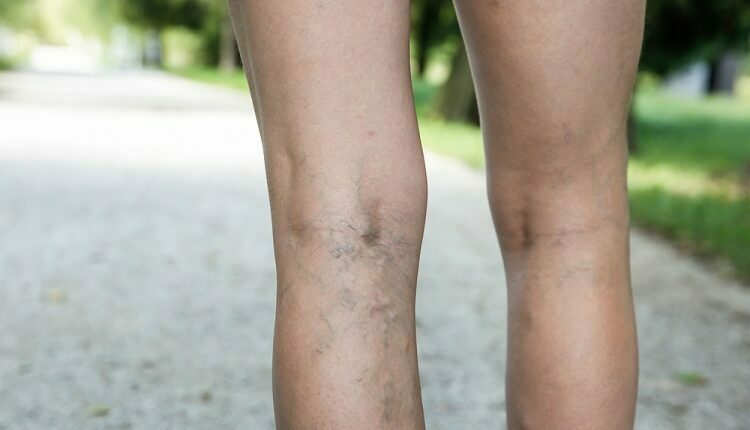All You Need To Know Concerning Varicose Veins
Most women, both young and elderly, suffer from varicose veins and keep it to themselves because they lack knowledge of how it presents and how it can be treated. Therefore, if you begin experiencing bulging or twisted veins, you are required to seek medical help. If you are wondering where to start on the treatment journey for varicose veins Weston, Soffer Health Institute is the solution for your pain and other symptoms. The health care specialists in the facility are board-certified cardiologists who use the latest techniques in sclerotherapy and endovenous ablation to improve the health of your leg and destroy damaged veins. Below is all you need to know concerning varicose veins.
Table of Contents
What are varicose veins?
Generally, varicose veins refer to damaged veins that bulge and are visible at the back of your legs due to weakened blood vessels and backed-up blood. The enlargement affects your leg veins making the valves in your veins faulty. Of importance to note is that in a healthy vein, the valves open, allowing blood to flow through them and close to prevent the backflow of blood. Therefore, where the valves are faulty, it will allow blood to flow backward, resulting in blood accumulating in the lower extremities, causing vein enlargement. Your risk of developing varicose veins increases with age due to some factors, including family history, obesity, and deep vein thrombosis. Similarly, childbirth and pregnancy also trigger varicose veins.
Why do varicose veins form?
Generally, any vein in your body can enlarge, especially when there is a blockage in the vein. However, it is essential to note that chronic cases usually affect the veins of your leg. They usually develop slowly due to the malfunctioning of the vein valves and the effect of gravity. The main function of your heart is to pump oxygen-rich blood through your arteries to your legs. And the veins in your leg, with the help of surrounding muscles, are required to return the blood to your heart for oxygenation.
For this reason, your leg veins are supplied with multiple valves to prevent the backflow of blood and keep blood flowing in one direction until it reaches your heart. Therefore, if your leg veins are faulty, they won’t close and will remain open, causing blood to blood in your leg veins. It causes vein damage and varicose veins that bulge behind your legs.
What are some of the symptoms of varicose veins?
The accumulation of blood in your leg veins causes the veins to bulge underneath your skin. The veins can also become rope-like and twisted, affecting your self-esteem and confidence because they alter your leg appearance. In other cases, you also begin feeling some pain and itchiness. Similarly, you might also experience heaviness in your legs and other symptoms, including skin discoloration, itching, and persistent leg cramps. In the early stages of varicose veins, you might note some spider veins which look like varicose veins.
How are varicose veins treated?
Various treatment options are available to treat varicose veins. They include removal surgery, sclerotherapy, varithena, and endovenous ablation.
Varicose veins can alter the appearance of your legs and cause severe pain that can hinder you from taking part in your daily chores. Therefore, if you begin experiencing varicose veins symptoms and are seeking treatment, you can get started by calling or visiting Soffer Health Institute today.

